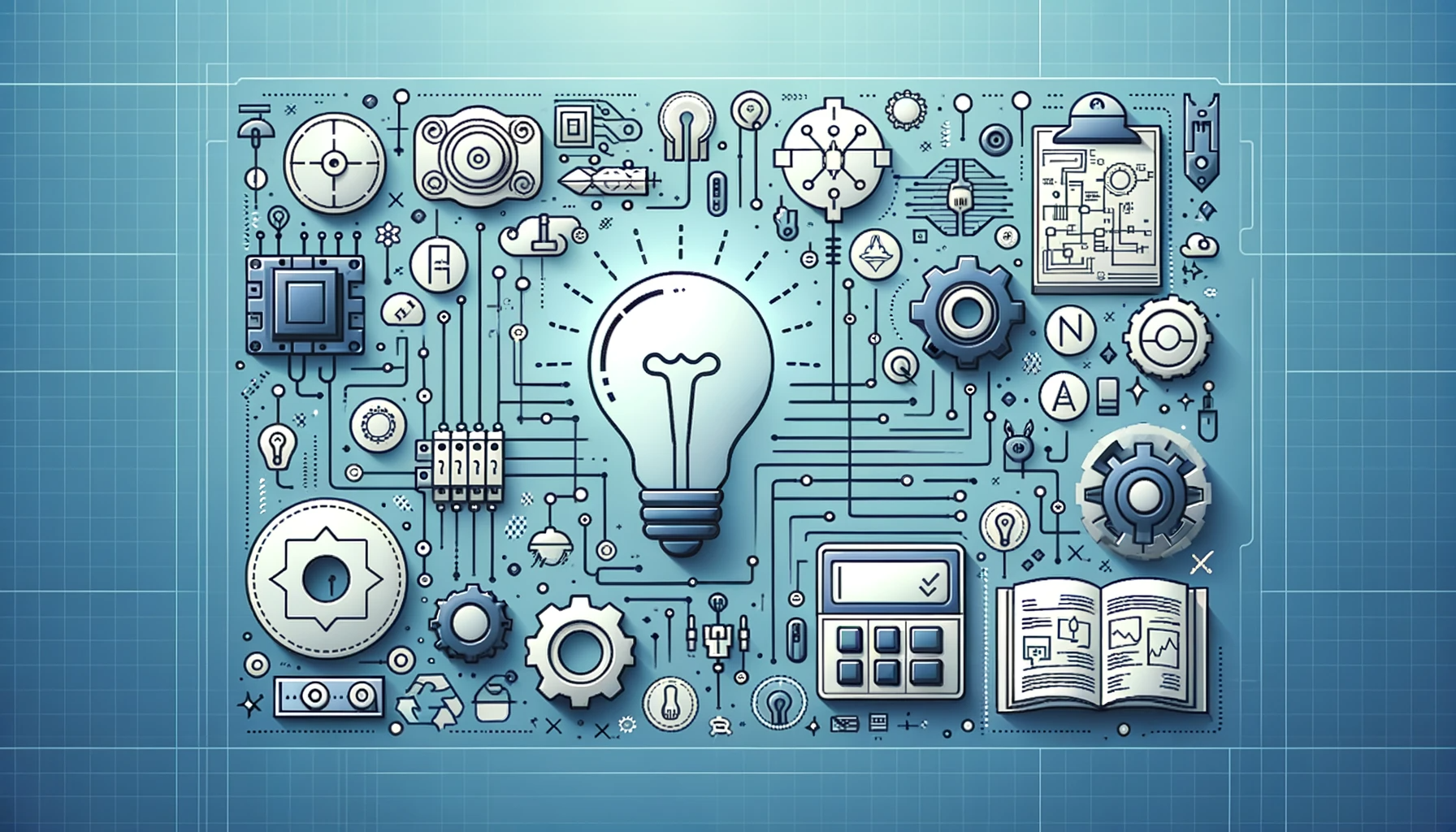Professional Electrical Design Services for Commercial Constructions and Renovations
Ingenious Electric Design Solutions for Modern Framework
As city settings expand progressively intricate, integrating technologies such as clever grids and eco-friendly energy sources becomes extremely important. These innovations not just guarantee to optimize power usage but also foster durability versus future demands.
Value of Ingenious Electric Design
Ingenious electrical design plays an important function in modern facilities, influencing not just performance but also sustainability. As cities progress and the demand for energy rises, the need for sophisticated electrical systems becomes paramount. These systems must not only meet existing demands but likewise expect future growth and technological improvements.
A well-executed electrical design can dramatically minimize energy consumption, thus lowering functional expenses and decreasing environmental effect. By including eco-friendly energy resources, such as solar panels and wind generators, innovative designs can enhance energy freedom and resilience. In addition, wise grid modern technologies permit real-time monitoring and management of energy circulation, maximizing performance and decreasing waste.
Security is one more crucial element of electrical design. Carrying out sophisticated innovations and rigorous criteria can mitigate threats related to electric failings, guaranteeing a secure setting for organizations and residents alike. Additionally, ingenious styles promote flexibility, enabling infrastructures to incorporate arising technologies flawlessly.
Secret Fads in Electrical Design
As the landscape of electrical design proceeds to evolve, a number of vital fads are forming the future of the industry. One considerable trend is the assimilation of clever modern technology into electrical systems. The spreading of the Internet of Points (IoT) has actually made it possible for real-time tracking and control of electric gadgets, boosting performance and assisting in predictive maintenance.
One more pattern is the expanding emphasis on modular design. This strategy enables scalable and adaptable solutions, allowing facilities to adapt to transforming requirements without considerable restorations. In addition, using advanced simulation tools and Structure Details Modeling (BIM) is coming to be significantly prevalent, streamlining the design procedure and improving collaboration amongst stakeholders.
Furthermore, advancements in products scientific research are causing the development of lighter, extra durable, and energy-efficient elements. This innovation is especially crucial for high-performance buildings and framework tasks.
Finally, there is a significant shift towards data-driven decision-making - residential electrical design. Leveraging data analytics aids developers optimize systems for performance and cost-effectiveness. Together, these patterns indicate a transformative period in electric design, improving capability, sustainability, and durability in modern infrastructure
Lasting Power Solutions
Sustainable energy remedies are increasingly becoming an important emphasis in electrical design, reflecting a more comprehensive commitment to environmental duty and source performance. These solutions aim to decrease environmental influence while enhancing power consumption in numerous facilities, from property buildings to large business centers.
Among the foremost strategies involves the combination of renewable resource sources, such as photovoltaic panels and wind turbines, right into electric systems. This not just reduces reliance on fossil gas yet additionally boosts power strength. Additionally, innovative power storage space systems, such as sophisticated batteries, allow efficient administration and distribution of power, ensuring that excess power created throughout optimal manufacturing can be utilized during high demand periods.
Moreover, energy-efficient design techniques are being adopted to improve general system efficiency. This consists of utilizing energy-efficient lighting, HVAC systems, and clever structure modern technologies that keep track of and adapt power usage based upon occupancy and ecological conditions.
Smart Grid Technologies
The implementation of lasting power solutions naturally brings about the exploration of wise grid innovations, which play a pivotal function in modernizing electric systems. Smart grids utilize advanced interaction technologies and data analytics to improve the reliability, efficiency, and sustainability of electricity circulation. By incorporating digital innovation with traditional grid framework, these systems facilitate real-time monitoring, automated control, and enhanced decision-making abilities.
One look at this site of the crucial functions of smart grids is their capacity to suit eco-friendly energy resources, such as solar and wind power. This versatility not only minimizes dependence on fossil gas however likewise allows for a more decentralized energy production version. Clever grids allow need feedback programs, where customers can change their energy usage based on real-time prices, thus promoting power conservation and decreasing peak tons needs.
Furthermore, smart grid modern technologies enhance grid strength by making it possible for quicker recognition and resolution of failures, eventually minimizing downtime. With predictive upkeep and analytics, energies can maximize operations and enhance service distribution. As neighborhoods and cities remain to advance, wise grid technologies are vital for constructing a effective and lasting electrical framework that meets the demands of modern-day culture.

Future-Proofing Framework
To guarantee long-term stability and versatility, future-proofing infrastructure is important in the swiftly advancing landscape of electrical design solutions. As technology developments and energy demands change, it is vital that electrical systems are created with versatility in mind. This entails including scalable solutions that can fit future upgrades without demanding comprehensive overhauls.

Additionally, sustainability must be a cornerstone of future-proofed layouts. Making use of eco-friendly energy resources, such as solar and wind, and enhancing energy effectiveness reduce dependency on nonrenewable fuel sources, lining up with worldwide efforts to battle climate modification.
Final Thought
By focusing on sustainability, versatility, and effectiveness, these solutions deal with the progressing needs of power systems. The assimilation of smart grid modern technologies and sustainable power options improves strength and minimizes operational expenses.
A well-executed electric design can significantly minimize power intake, thereby decreasing operational prices and minimizing environmental impact. By integrating eco-friendly power resources, such as solar panels and wind turbines, innovative styles can boost important source power self-reliance and resilience. Furthermore, ingenious power storage space systems, such as innovative batteries, make it possible for effective management and distribution of energy, ensuring that surplus power produced throughout top manufacturing can be site here utilized during high need periods.
Wise grids enable demand response programs, where consumers can readjust their power use based on real-time rates, consequently promoting energy conservation and lowering peak load demands. (residential electrical design)
As technology breakthroughs and power needs shift, it is essential that electric systems are designed with adaptability in mind.